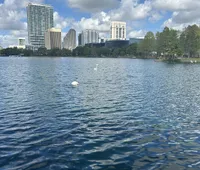
A Walk Around Lake Eola Audio Tour
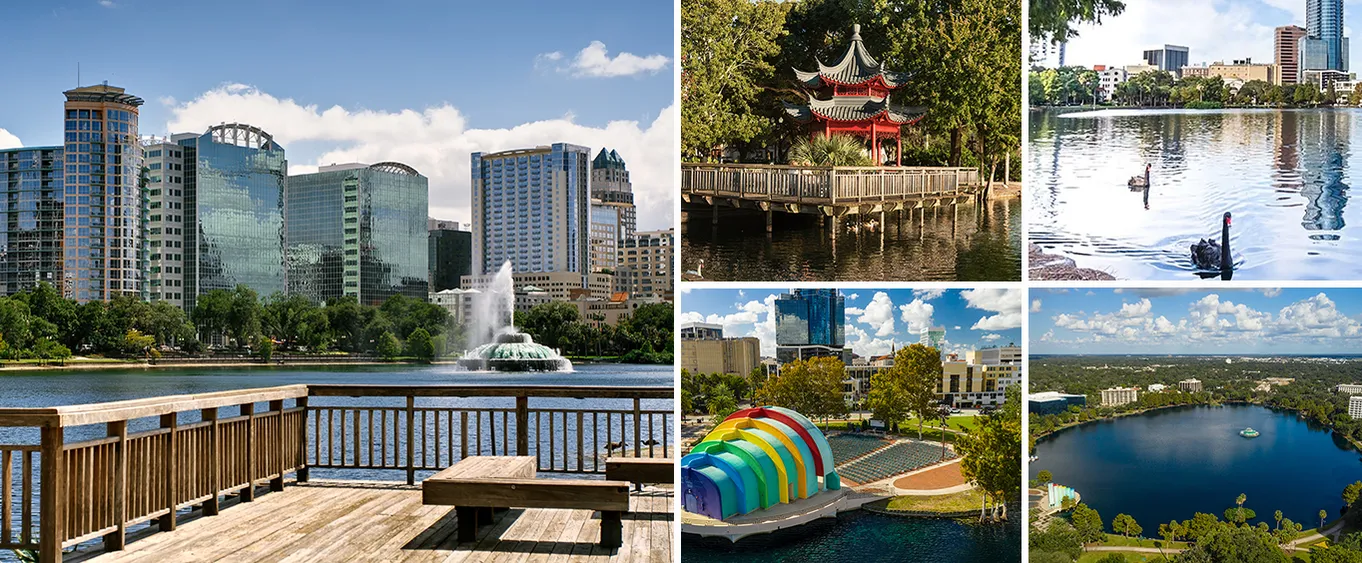
Discover serenity and excitement all at once with A Walk Around Lake Eola Audio Tour in Orlando, FL, where nature's beauty merges with urban charm. This captivating self-guided tour offers a seamless blend of tranquility and vibrancy as you stroll around the picturesque Lake Eola. The highlights of this adventure include an exploration of the park's swan boats, unique sculptures, and a stunning fountain that lights up the night sky. Engage with the vibrant wildlife and enjoy unparalleled views of the Orlando skyline, all narrated by an insightful audio guide that brings each landmark to life.
Embarking on the A Walk Around Lake Eola Audio Tour will immerse you in a journey through one of Orlando's most cherished parks. Typically taking about an hour to complete, this leisurely stroll covers approximately 0.9 miles, making it accessible for all ages and fitness levels. As you walk, the audio guide will provide rich details about the park's history, notable features, and local wildlife. You'll find yourself entranced by the famous Lake Eola Fountain, discover the intriguing works of art scattered throughout the park, and possibly even spot some of the elegant, resident swans gliding gracefully across the lake's surface.
The stroll around Lake Eola isn't just a leisurely walk; it's a mindful exploration of art, nature, and culture. Visitors should wear comfortable walking shoes and bring along a hat and sunscreen for daytime visits. Starting from the Eola House, you'll venture past the Pagoda, gaze at the Walt Disney Amphitheater, and perhaps even pause for a photo at the Chinese Ting—a popular spot for picturesque snapshots. The audio guide’s commentary is easily accessible via your smartphone, ensuring you won’t miss a single fascinating fact or story about the landmarks you encounter.
Lake Eola Park, an iconic symbol of Orlando, has a rich history dating back to 1888. Named after Eola, a lady mentioned in a novel the founder of the city read, the park has grown to be a cultural cornerstone, hosting countless community events, festivals, and fairs. The famous fountain, originally installed in 1957, has become a symbol of the city itself, offering nightly light and music shows that captivate visitors. The diverse artworks throughout the park, including the romantic 'Muse of Discovery,' provide a glimpse into the creative spirit that defines the Orlando community.
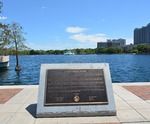
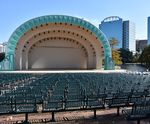
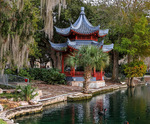
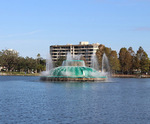
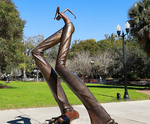
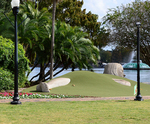
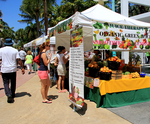

Whether you're a local resident or a visitor hoping to capture the essence of Orlando, A Walk Around Lake Eola Audio Tour will leave you with lasting memories and a deeper appreciation for the city's vibrant culture and natural beauty. This engaging, self-directed tour encapsulates the perfect blend of relaxation, education, and entertainment, ensuring there’s something for everyone to enjoy. Let the captivating stories, beautiful landscapes, and rich history draw you in for an unforgettable stroll around one of Orlando's most charming landmarks. Experience A Walk Around Lake Eola Audio Tour and let the magic of this urban oasis enchant and inspire you.
- What methods of transportation does the A Walk Around Lake Eola Audio Tour use?
This is a self-guided walking audio tour.
- For what ages is the tour appropriate?
Great for all ages.
- What type of dress & footwear are recommended?
Wear comfortable shoes.
- Is photography / video recording allowed on the A Walk Around Lake Eola Audio Tour?
Yes.
- Is the A Walk Around Lake Eola Audio Tour handicap accessible?
No, it is not wheelchair accessible.







